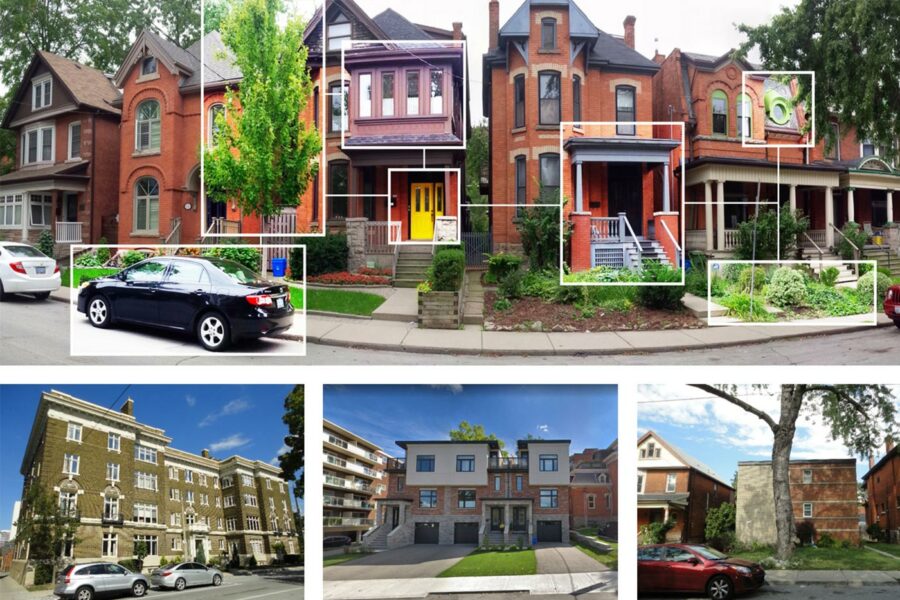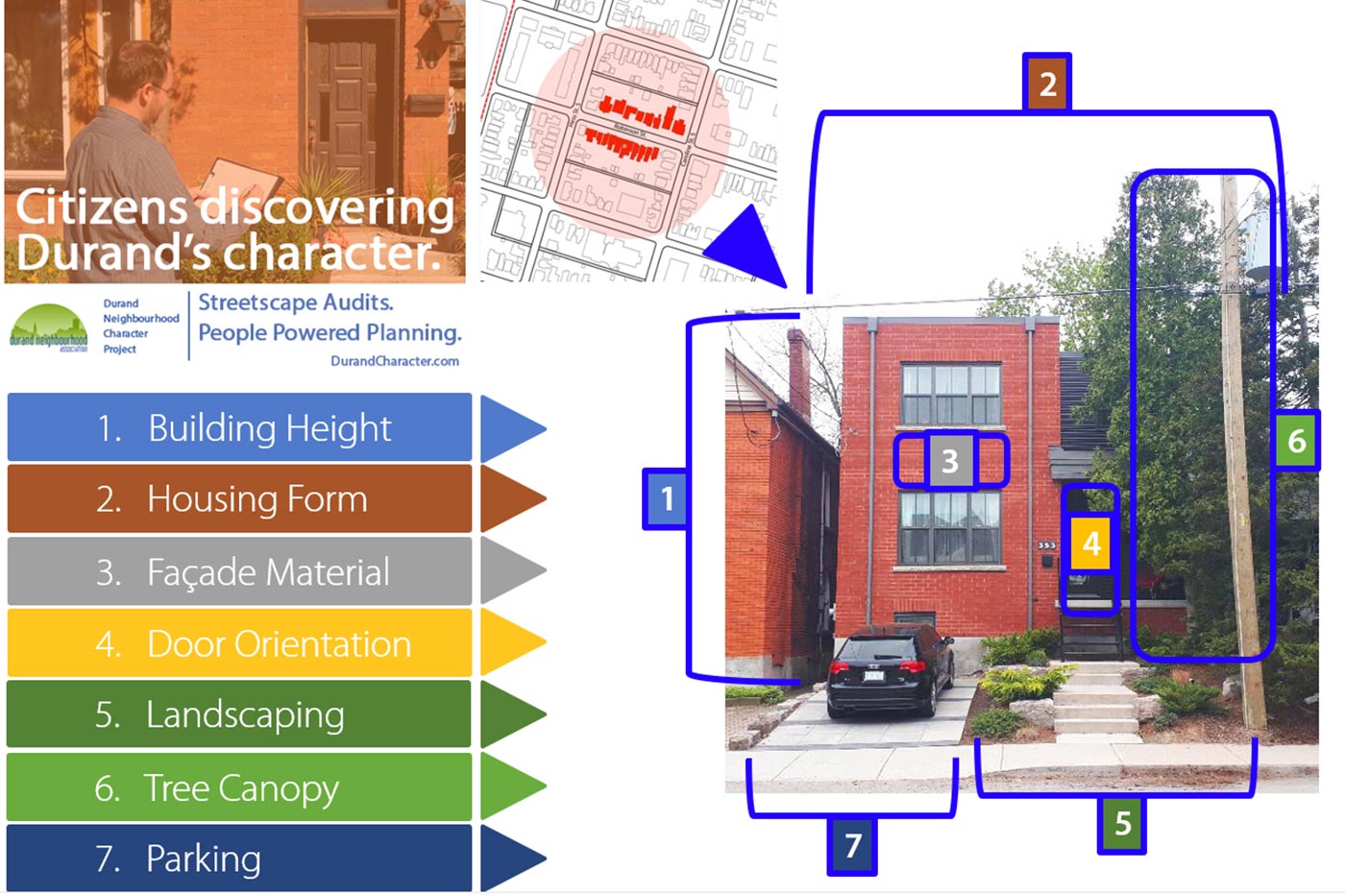
How the Durand neighbourhood keeps its heritage in the face of change
- Julia Kollek
- 29 Mar 2020
If you want to feast your eyes on rich historical and architectural streetscapes, the Durand neighbourhood would be a good place to start.
Wealthy speculators – including city founder George Hamilton – bought land there in 1791, with a boundary stretching from the escarpment to Main St W, and the southern lengths of Queen and James. It was here prosperous industrialists and merchants built their estates and mansions.
Many of these stately properties were lost during periods of development and economic turbulence over the years. The 1960s and 70s saw blockbusting and high-rises going in that was devastating to the northern portion of the neighbourhood.
By 2015, members of the Durand Neighbourhood Association (DNA) began to feel inundated by an increasing number of minor variances that would be forever altering their unique streetscape. And as (even today) Hamilton’s urban zoning dates back to the 1950s, the need to update it became pressing. But what if a community could guide its own infill development?
That’s the question Janice Brown and the DNA presented to their councillor and city staff. The initial idea was to see if Durand could be designated a Heritage Conservation District. Instead, the residents came away with a suggestion; take a look at what or nation’s capital Ottawa is doing with their Neighbourhood Character Study.
When older parts of Ottawa were under a similar construction surge, people mounted protests there too. It was then a character-based zoning for development in established neighbourhoods was adopted, taking “your street gives you your rules” as the approach. This ground-breaking zoning strategy resulted in the city’s Mature Neighbourhoods By-Law.
Property owners still had architectural freedom to design a new home or addition, as long they kept key attributes that defined the character of the streetscape, such as landscaping, access to parking, and the location of the front door.
Durand moved into action to bring Ottawa’s template home. With funds from their popular Grand Durand Garden Tours and additional area rating money from their councillor, they hired Civicplan a local, award-winning public engagement team.
Civicplan created a streetscape character audit tool, and with clipboards in hand, more than 40 volunteers recorded character elements of what they saw – not what they liked or disliked – around them. They were asked to think about what made a street a place where people would want to walk down, live on, and enjoy spending time.
The results revealed a range of streetscape features that included tree canopy, building height, and façade material – all contained in a report aimed at laying the foundation for rules around infill development.

The in-depth analysis was given to the city’s urban planning staff, who this past January responded with a peer evaluation.
There’s still some way to go, but the DNA are hopeful the streetscape approach will lay the groundwork to help communities shape the changes taking place literally on their doorsteps. Brown said she’s like to see other mature areas of the city follow suit, so we could maintain all of our historical streetscapes.
After all, mentioned Brown, people move here because they like what they see.
And that just about says it all.
You can check out The Durand Neighbourhood Character Project on their website!
Images courtesy of Civicplan.
Comments 0
There are no comments


Add comment